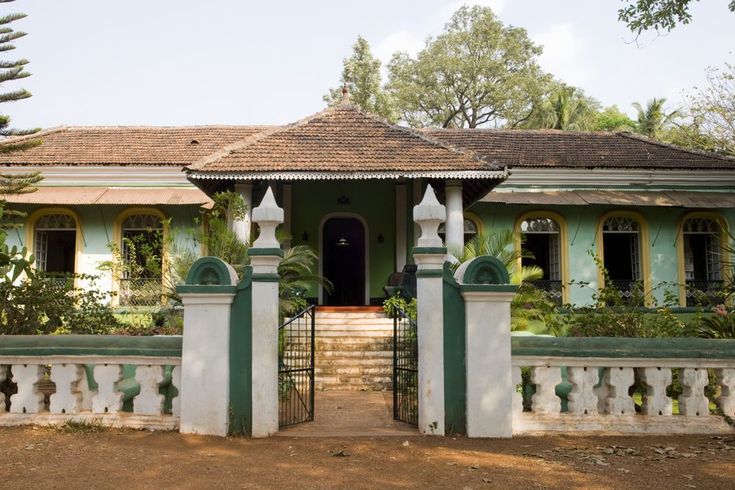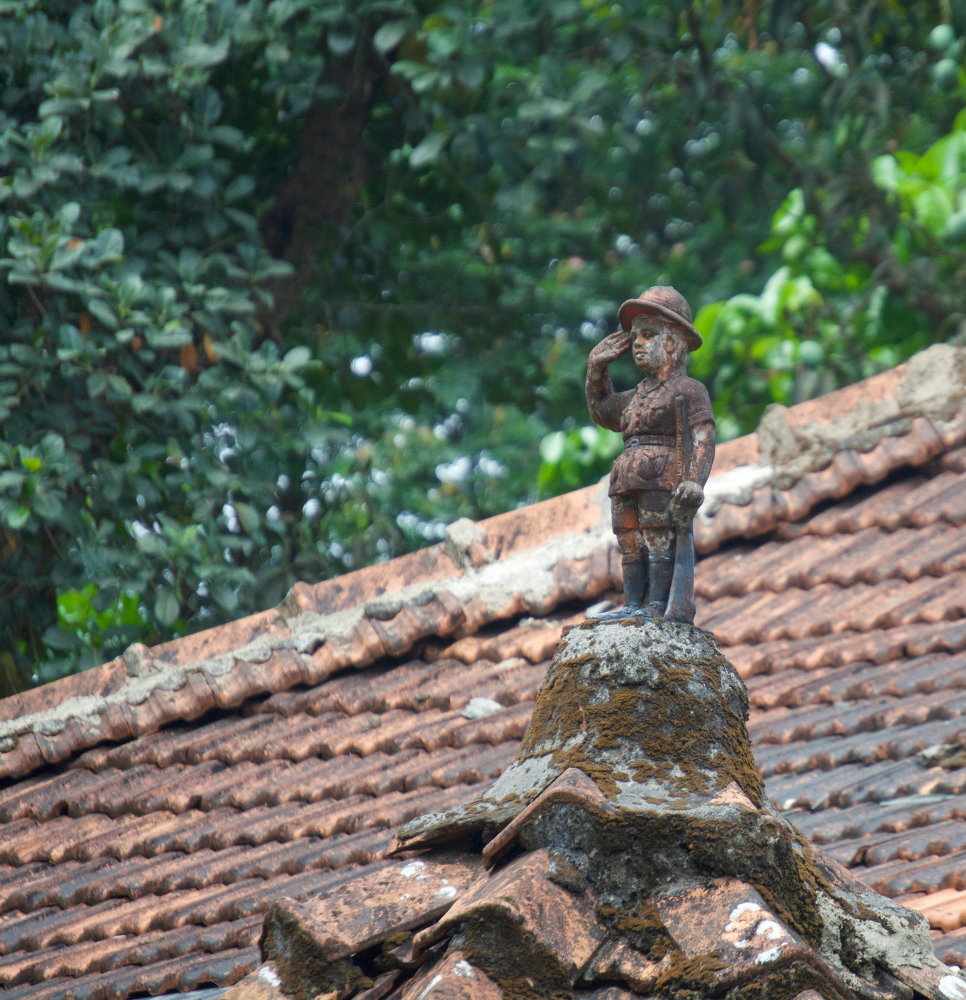
Finials, those ornamental elements perched atop roofs and gateposts, are a striking yet understated aspect of Goan architecture. These decorative pieces, crafted from stone or clay, not only serve as embellishments but also echo Goa’s rich cultural and historical influences. From symbolic figures to artistic expressions, finials have become an enduring hallmark of Goan homes and public spaces.
Crafting Finials: A Testament to the Goan Mason’s Artistry
Goan masons, renowned for their architectural finesse, have perfected the craft of fashioning finials. Traditionally, these ornaments have taken the form of lemon balls, soldiers, roosters, dogs, and lions. Each design reflects both practicality and creativity, often influenced by the local surroundings and cultural ethos. The materials used—stone or clay—ensure durability while allowing for intricate detailing, showcasing the skill and dedication of the artisans.
Symbolism in Finial Designs
While many finials depict common or popular imagery, the lion holds a particularly significant place in Goan history. It is a symbolic remnant of the Kadamba dynasty, whose official emblem featured a lion. By incorporating this powerful figure into finial designs, Goan masons preserved a connection to the region’s ancient rulers, blending art with historical reverence.
Functional and Aesthetic Purposes
Beyond their decorative appeal, finials serve functional purposes. Positioned atop roofs or gateposts, they mark boundaries, enhance the overall aesthetics of a structure, and subtly communicate status or identity. In traditional Goan homes, finials are often found on grand entrances, lending a regal charm and offering visitors a glimpse of the craftsmanship that lies within.
Preserving the Tradition
The art of crafting finials is a niche skill, gradually fading in the face of modern construction techniques. However, some artisans and heritage enthusiasts continue to keep this craft alive, ensuring that these unique ornaments remain a part of Goa’s architectural identity. They can still be spotted in heritage homes, village mansions, and restored buildings, a reminder of the artistry that defines Goa’s architectural landscape.
Conclusion
Goan finials are more than architectural details; they are historical markers, artistic creations, and cultural symbols all rolled into one. Whether shaped like roosters, lions, or whimsical figures, these ornaments tell a story of skilled craftsmanship and a deep connection to Goa’s past. Preserving and celebrating these decorative treasures is vital to keeping the charm and legacy of traditional Goan architecture alive.


